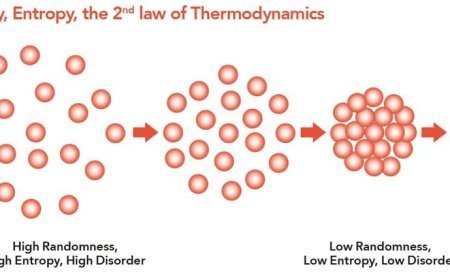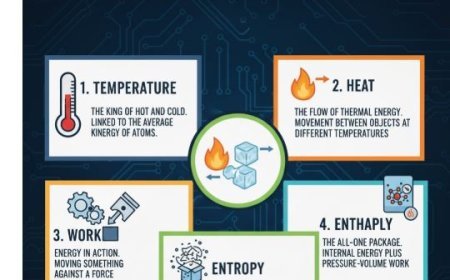APPLICATIONS OF OPTOELECTRONICS
Optoelectronics - From Communication to Sensors, Light Does the Work!

Applications of Optoelectronics
- Optoelectronic semiconductor devices are changing almost every aspect of information technology.
- You can put these devices into groups based on what they do, such as output, input, processing, communication, memory, and more.
- Applications that use optoelectronics take advantage of a wide range of technologies and physical qualities.
- A lot of these kinds of uses have only become clear to us and under our control in the last ten years.
- Below are some of the applications of optoelectronic devices:
- LEDs have changed the way lights work and are used in computer parts, watches, medical devices, fibre optic communication, switches, home appliances, consumer electronics, and 7-segment screens, among other things.
- Solar cells are used in many solar energy projects, such as auto-irrigation systems, solar power charge controllers, Arduino-based solar street lights, and solar screens that move with the sun.
- Optical fibres are used in communications, fibre lasers, sensors, biomedicals, and other fields.
- Laser diodes are used in the military, surgery, optical memories, CD players, local area networks, and electrical projects like RF-controlled robots.
Advantages of Optoelectronics
The advantages of optoelectronics are:
- Optoelectronics has been very helpful to the military and the aerospace business.
- Over-the-air RF links might not reach the right receivers because of passageways, confined areas, or ships at sea.
- To get around this problem, they use optical repeaters and fibre-optic networks.
- Optoelectronics has changed the way future rockets are designed in a big way.
- The optoelectronic devices use less power, and they offer a wide range of frequencies for transmission.
Disadvantages of Optoelectronics
- Optoelectronics has some problems, such as
- The photonic parts are sensitive to changes in temperature.
- Coupling needs the exact positioning of optical components, which is hard to do.
- Putting optoelectronic elements on a substrate is hard to do.
What's Your Reaction?



































